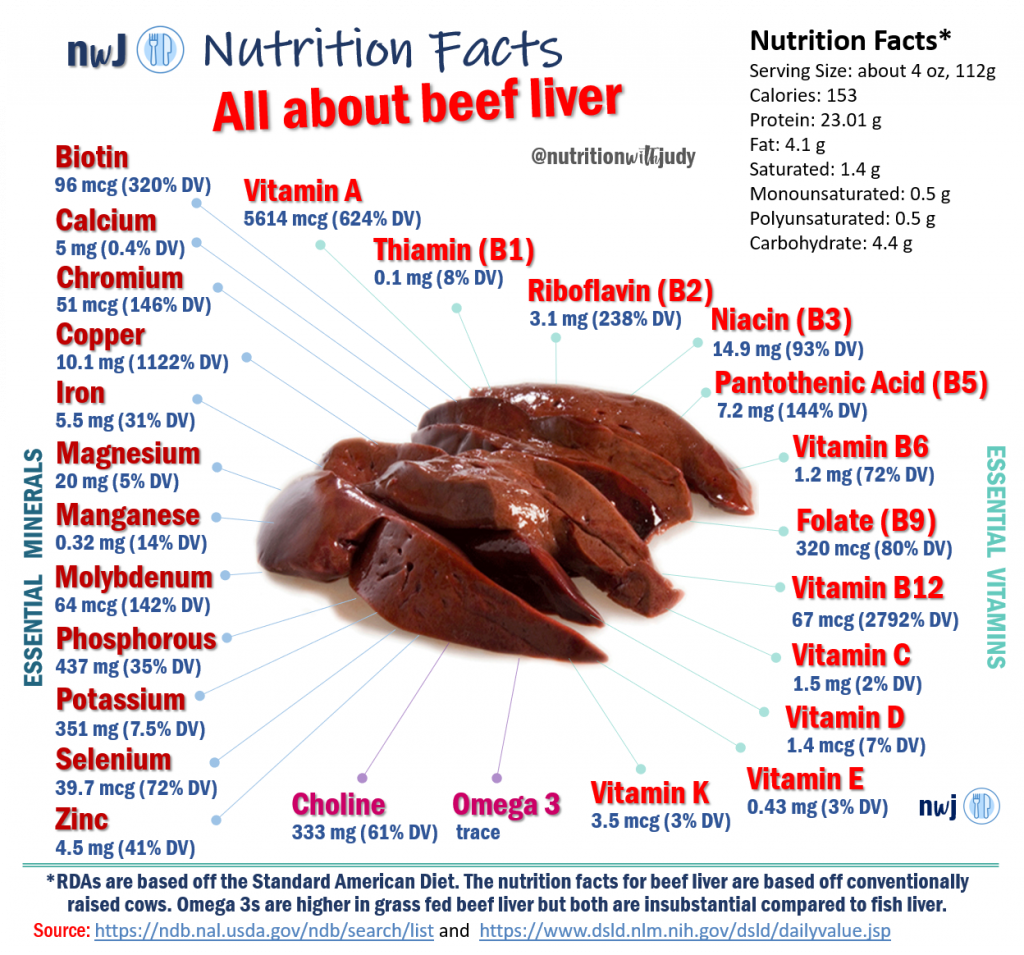INTRODUCTION
Did you know that many individuals in low and middle-income (even high income) countries struggle to get enough zinc, iron, folate, vitamin A, vitamin B12, and calcium?1 And are your wondering why these nutrients might be important? Look below:
Article Link: Zinc
Article Link: Iron
Article Link: Folate
Article Link: Vitamin A
Article Link: Vitamin B12
Article Link: Calcium
…ok I hope you now appreciate these a little more now 🙂
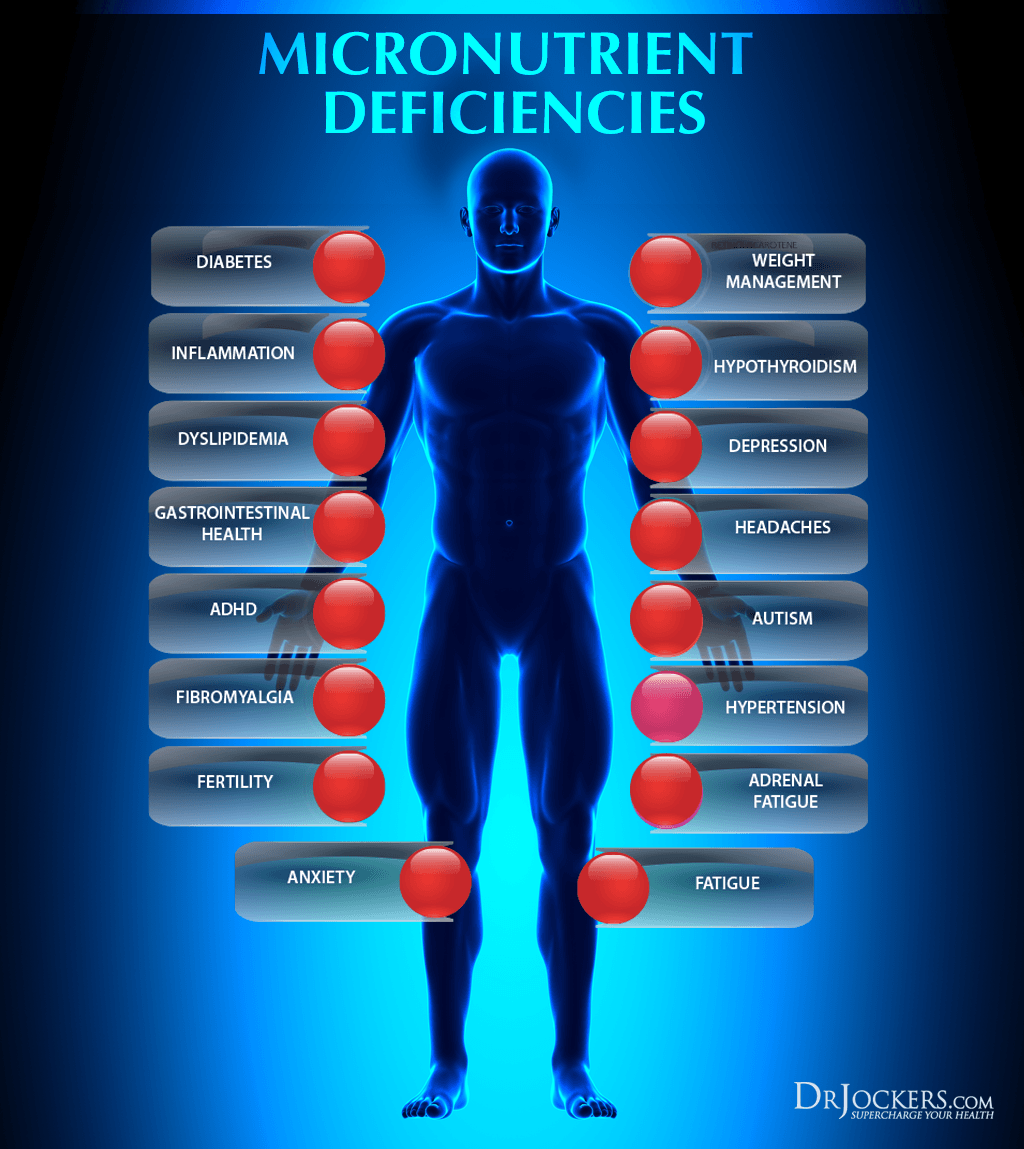
HOW ARE THESE DEFICIENCIES POSSIBLE?
You might think that foods such whole grains, seeds, nuts, vegetables, fruits, and various animal proteins are the “go-to” foods for high nutrient density.1(8) Although they do provide many nutrients, they have the potential to fall short in providing adequate levels of the nutrients mentioned in the introduction.
It gets more complicated because most low and middle-income countries over consume ultra-processed foods (UPFS), which are generally high in calories but low in nutrient density…and they are associated with weight gain, non-communicable diseases (i.e., diabetes), and mortality.1(2)
Article Link: Processed Food

GREAT. HOW CAN I SOLVE THIS PROBLEM?
It turns out that meat, mentioned briefly above, and meat products contain all of the essential amino acids (I know this has little to do with this article, but I wanted to sneak this factoid in) that the body requires. However, there are particular animal body parts that are quite dense in most of the micronutrients that are deficient in people…organ meats to the rescue!2
Article Link: Essential Amino Acids
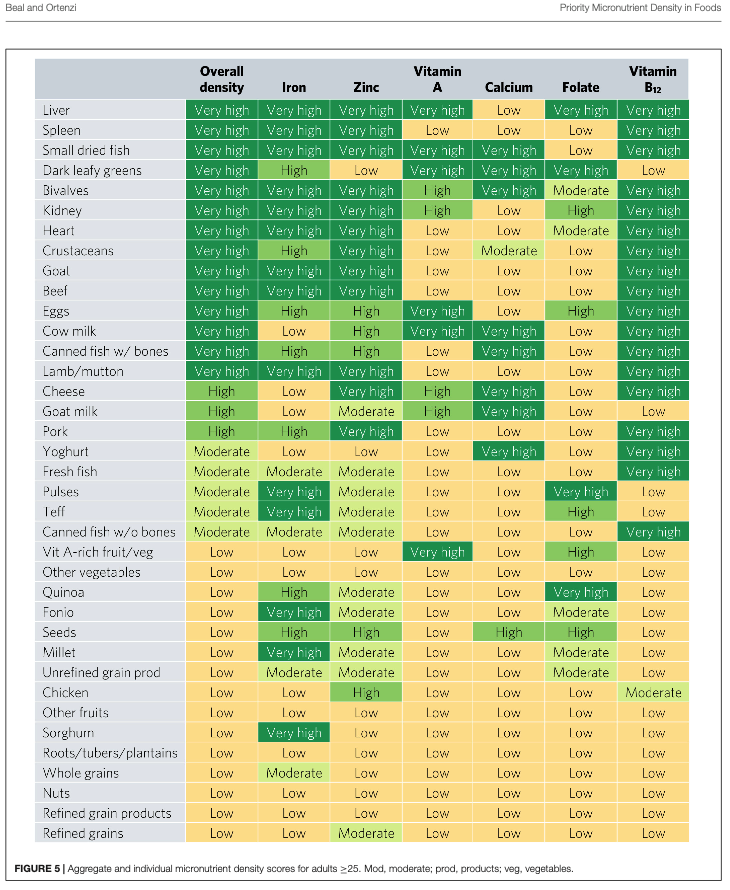
HOW GOOD ARE ORGAN MEATS?
As you can see in the infographic above, organ meats (liver, spleen etc…) tend to have the highest levels of zinc, iron, folate, vitamin A, and vitamin B12 (not so much calcium though)…we should also give an honorable mention to small dried fish too.

GOOD TO KNOW. SO HOW MUCH, AND HOW OFTEN, SHOULD I EAT LIVER?
Due to the high levels of micronutrients like vitamin A, B12, copper and others… it would be reasonable to consume liver once or twice per week.3 This is great, and liver is pretty cheap to buy. You might also consider eating about 4 ounces per serving…wondering what that looks like? Look at the infographic above!
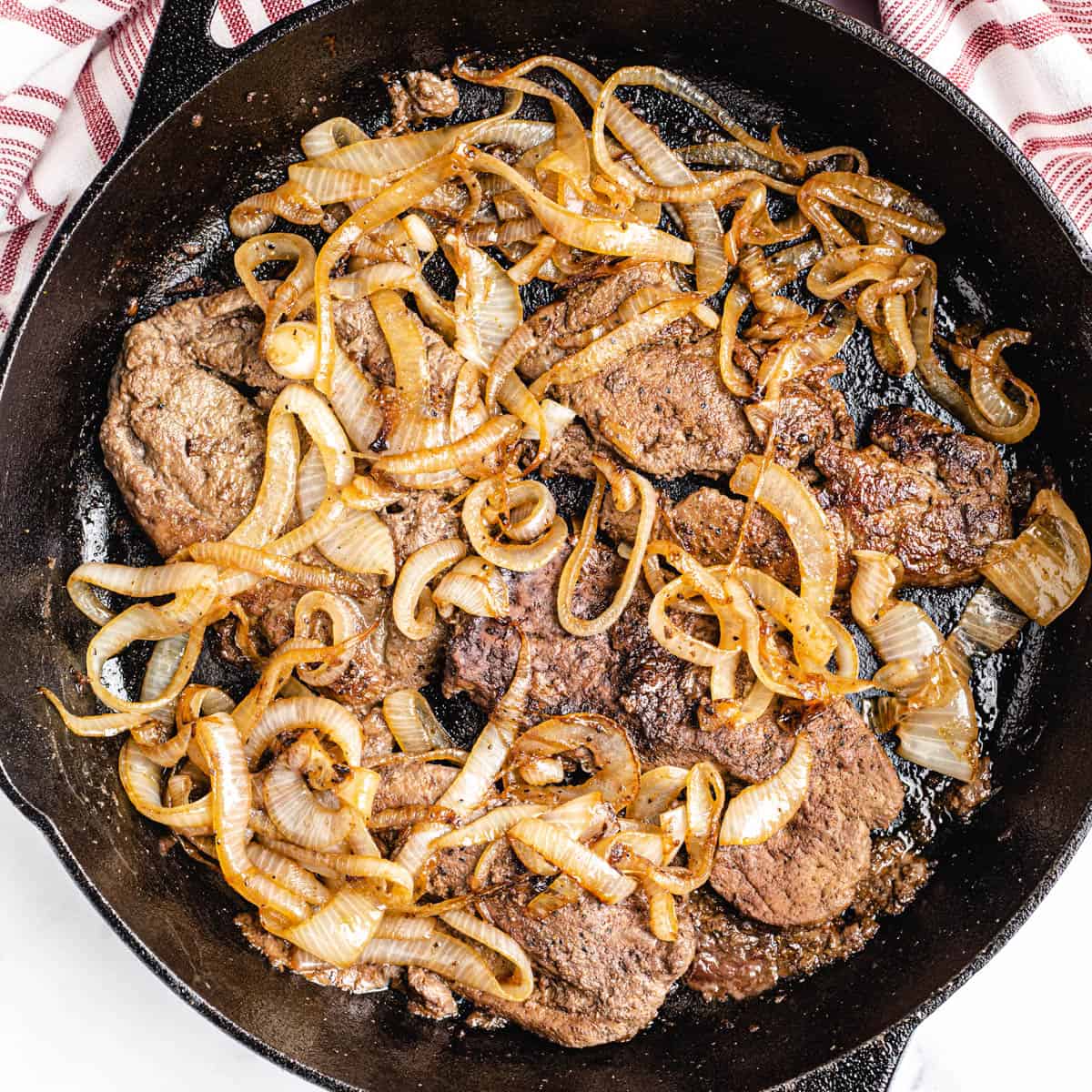
HOW DO I MAKE IT TASTY TO EAT THOUGH?
This is a good point because many folks find liver difficult to eat. It just might be, though, that they are not cooking it right. I tried the recipe below and I must say it was pretty tasty indeed. You might also consider mixing it up with other meats such as hamburger to sneak it in!
Article Link: Cooking Liver
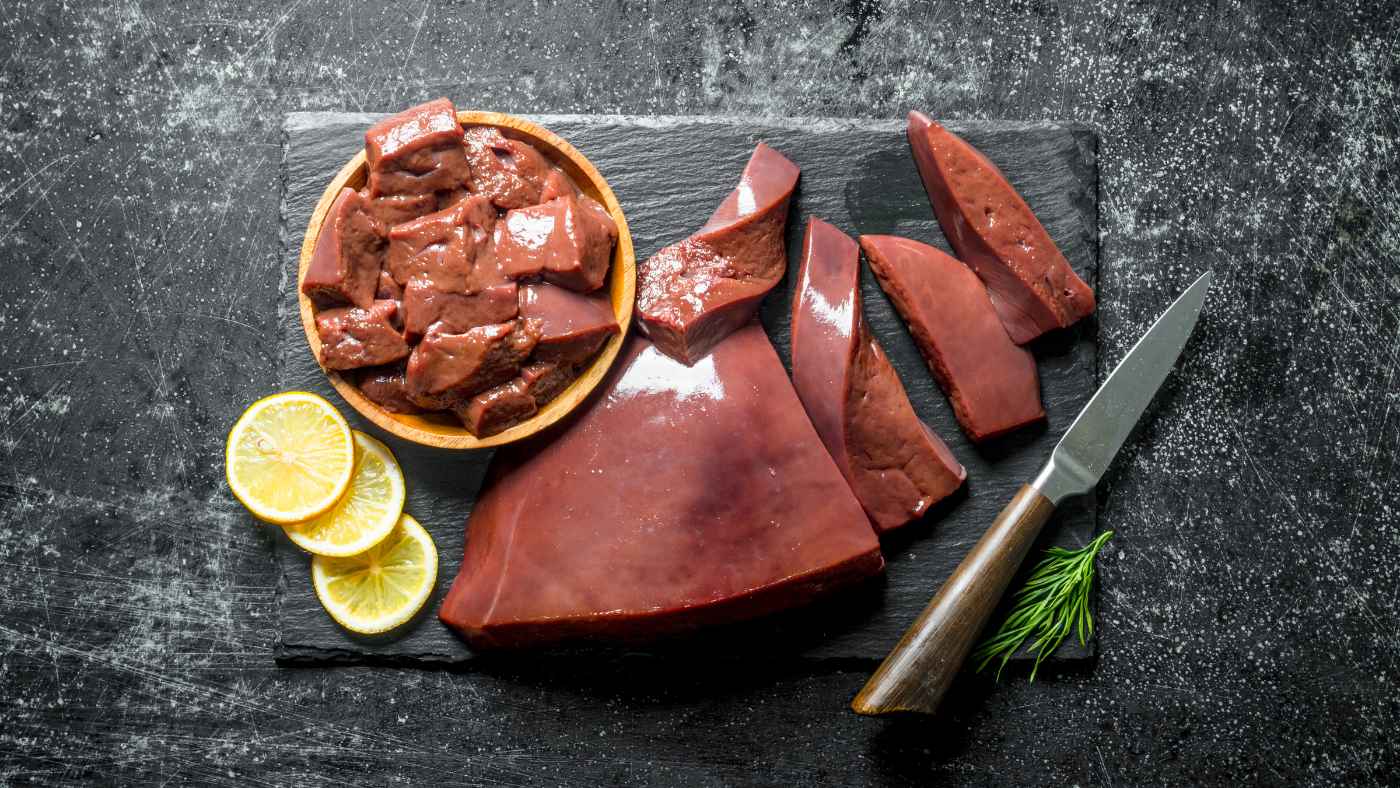
CONCLUSIONS
Well there you have it. And as you can see, there are some micronutrients that folks are missing from their diets, despite their best intentions and efforts. What we all should take from this information is that organ meats, like liver, can serve as another “piece to the puzzle” when rounding out our diets. Most of us will do well when we eat optimal amounts of protein, an assortment of leafy green vegetables, healthy fats, lots of water, and some fruit each day. Sprinkling in a little bit of beef liver a couple times a week should help fill in your nutrition gaps, and support your health!
References
1. Beal T, Ortenzi F. Priority micronutrient density in foods. Front Nutr. 2022;9(908592):1-13. doi: 10.3389/fnut.2022.806566.
2. Kakimov A, Suychinov A, Tsoy A, et al. Nutritive and biological value of liver and blood of various slaughtered animals. JPRI. 2018;22(3):1-5. doi:10.9734/JPRI/2018/41448.
3. Kicińska A, Glichowska P, Mamak M. Micro and macroelement contents in the liver of farm and wild animals and the health risks involved in liver consumption.Environ Monit Assess. 2019;191(3):1-18. doi:10.1007/s10661-019-7274-x.
-Michael McIsaac

